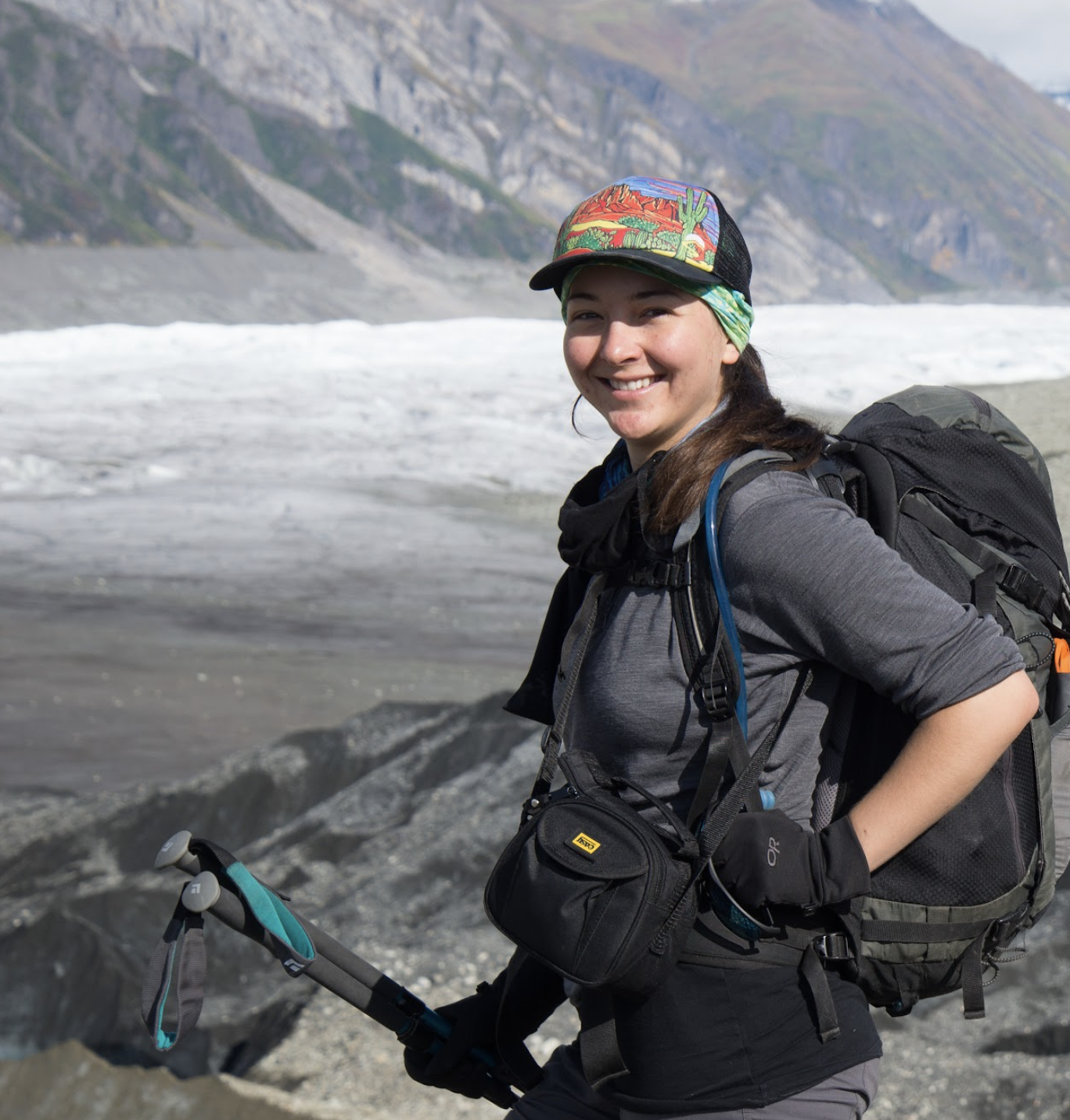Radar as a crop-managing tool
Rod Boyce
907-474-7185
Dec. 13, 2022

Brooke Kubby
Brazil’s Mato Grosso region is that nation’s leading producer of livestock and grains. It is also a region of extensive land cover change.
Brooke Kubby, a graduate student researcher at the UAF Geophysical Institute, has been researching how time series data from synthetic aperture radars can be used to map rapid expansion of agriculture in dynamically changing environments such as Mato Grosso.
“Radar is able to penetrate through clouds,” she said. “And since it’s active remote sensing, it interacts with land surfaces before returning to the sensor.”
Throughout the growing and harvesting season, agricultural areas experience changes in the moisture content and structure of the crops.
“In places with crops, many times they have clouds because they’re getting lots of rain,” she said. “And it can just be difficult to see what’s going on sometimes.”
Kubby used Sentinel-1 satellite data from 2016 through 2020 in her Mato Grosso research and found that time series data can provide timely updates on changes in cropland extent. The research, she believes, shows the potential to supplement existing crop mapping techniques elsewhere on the globe.


